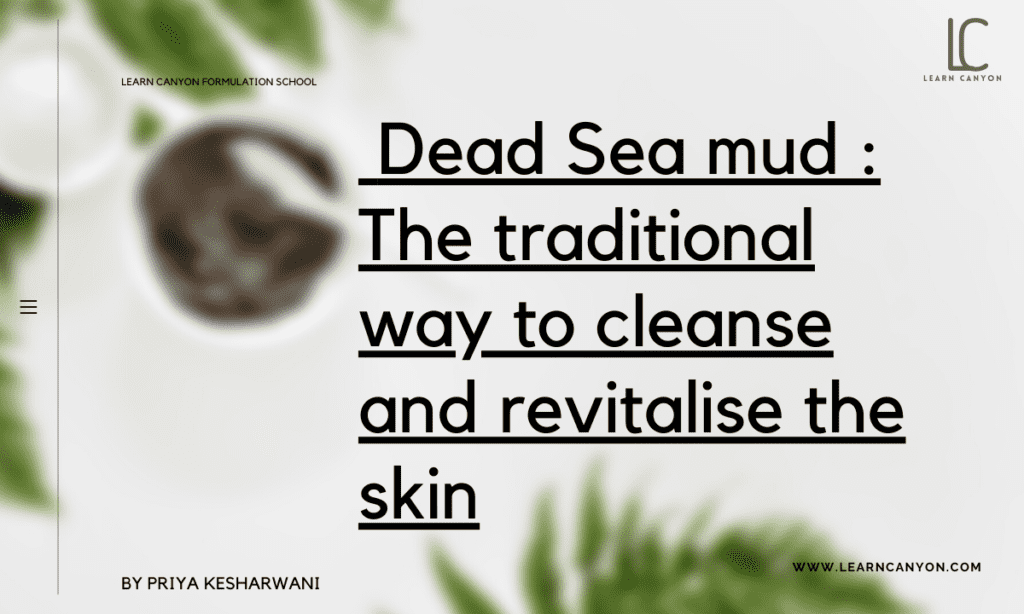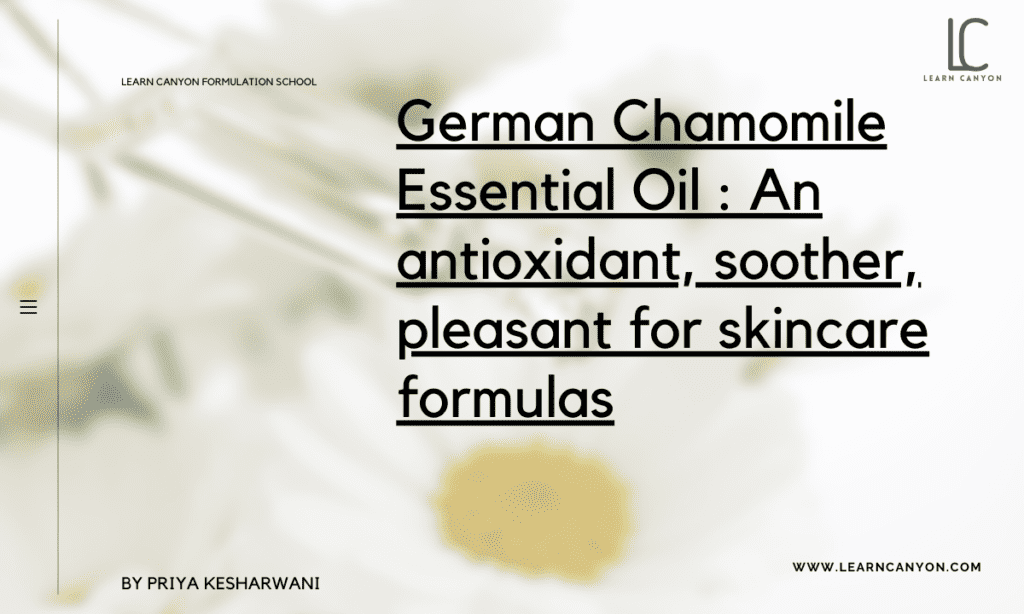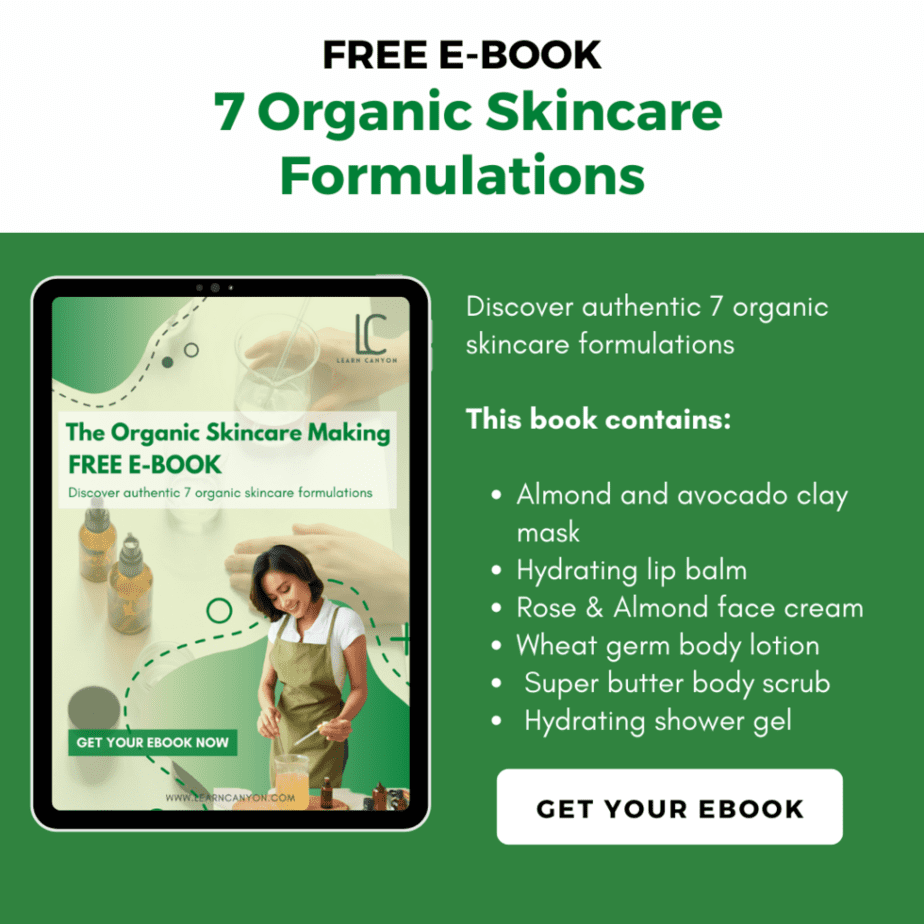
Dead Sea mud: Cleanse and revitalise the skin

Dead Sea mud
When I was a kid, my grandparents used to tell me stories about the salty lake. They’d discuss all the different ways they could use the mud. I’ve always longed to immerse myself in the mud’s nutrient-dense properties.
Certain habits have existed for a long time. You wash your face in the morning before drinking your coffee or brushing your teeth. We all do it every day. We appear to have been doing it for quite some time. The Greeks, Romans, and even Queen Cleopatra used something entirely different for cleaning and aesthetics thousands of years before our forefathers inhabited the world.
Mud baths, mud facials, and other mud skincare treatments are some of the world’s oldest healing practises. Natural clay, mud, and even dirt have been used by cultures all over the world for millennia to care for their skin. Is it true that clay for skincare is only beneficial because our forebears did it? Let’s look at the differences between them and what they can do for your skin.
What is Dead Sea Mud?
The mineral-rich Dead Sea, a small body of water located between Israel and Jordan in the Jordan Rift Valley, produces and extracts mud.
| What is it? | Dead Sea Mud (silt) is a mineral-rich natural product obtained from the Dead Sea's shoreline. Calcium, silica, magnesium, and iron are just a few of the minerals found in it. |
|---|---|
| INCI | Silt |
| Appearance | A viscous black paste that is free of grit and sand. |
| Texture | Smooth |
| Recommended Usage | 2-100%. |
| Solubility | Water-insoluble |
| Melting point | 80°C - 90° |
| Boiling point | NA |
| pH | 7.5-8.9 |
| Aroma | Natural characteristic aroma |
| Why do we include it in formulations? | The salt and magnesium in Dead Sea mud can help your skin operate better by making it a better barrier and more elastic. |
| How to work with it? | When you include the water phase, you won't need to heat anything. |
| Applications | Dead Sea mud masks are excellent for balancing and soothing skin irritation, redness, and oily skin. |
| Absorption rate | Fast |
| Strength | Its unique healing properties |
| Weaknesses | Very expensive |
| Substitution | NA |
| How to store it? | Store in a closed container at room temperature in a dry location. |
| Shelf life | The shelf life of dead sea mud is unlimited. |
Fun Fact
| Type of ingredient | Hydrating, Smoothing, Stimulating, Tightening and Exfoliating. |
|---|---|
| Main benefits | Tightening and toning the skin, minimising fine lines and wrinkles, and shrinking pores are all anti-aging advantages of Dead Sea mud. |
| Who should use it | Dry, oily, and normal skin types. |
| How often can you use it? | Once or twice a week |
| Works well with | Powdered herbs, wetting agents. |
| Doesn't work with | Metals such as nickel and chromium can cause skin reactions in some persons. People with metal sensitivities should avoid using Dead Sea mud as a topical treatment or home cure since trace elements of various metals can be discovered in it. |
| How to use | Added to your formulation's water phase. |
Mechanisms of action
Mud masks are effective at removing pollutants and dead skin from the body. The salt and magnesium in Dead Sea mud can also improve the functionality of your skin by making it more elastic and forming a better barrier. The use of Dead Sea salt as a skin treatment has also been demonstrated.
Benefits of Dead Sea Mud
Although we all know that the Dead Sea has an excessive amount of salt (sodium), the Dead Sea also contains much more minerals. The mud of the Dead Sea includes a total of 21 minerals, making it some of the world’s most mineral-rich muck! The following are some of the benefits of Dead Sea Mud:
- Detoxifies and exfoliates the skin.
As the mud dries on your skin, it absorbs toxins, debris, dead skin cells, and extra oils. As you wash the mud off, these toxins are washed away, revealing healthier, more beautiful skin. Your skin will look better but also feel softer and cleaner.
- It nourishes the skin.
While the mud removes impurities from your skin, it also infuses it with beneficial nutrients that keep it supple and nourished. The mineral formula, which contains over 21 different minerals, helps to revitalise skin by improving texture and tone while also providing a healthy glow.
- Aids in the relief of dry skin
Dry skin problems such as psoriasis and eczema are said to be helped by Dead Sea mud, which contains skin-nourishing minerals. The mud restores hydration and alleviates symptoms by soothing dry, rough, irritated skin.
- Anti-Aging Treatments
Dead Sea mud has the ability to tighten and tone skin, reduce fine lines and wrinkles, and shrink pores. It aids in the stimulation of skin cell turnover as well as improved blood circulation.
- Treatment for Acne
The exfoliating and purifying properties of Dead Sea mud make it suitable for acne treatment. The mud clears pores and absorbs extra sebum, which is what causes acne. It also has antimicrobial properties, which means it fights acne-causing germs. If you want to try it out for yourself, check out our Dead Sea Mud Mask.
Side effects of Dead Sea mud
The Dead Sea mud mask is quite beneficial, yet it has two sides, just like all currencies. Even though the mud mask is the perfect fit for you, it may occasionally backfire. Some of the mud mask’s side effects include: It has a nasty odour and has the ability to irritate and burn skin.
How to use it in formulation?
The Dead Sea mud is high in 26 minerals. Allow the Dead Sea mud to dry before applying it to your face. When the Dead Sea mud on your face has dried, wash your face with lukewarm water.
Make sure to smear the mud all over your face before rinsing it off. It will assist if you rub a warm cloth across your face to dry it off.
Work well with other Ingredients
A Dead Sea Mud Mask can be rapidly constructed with some Dead Sea clay and enough water to form a thick paste. The best water, of course, is the Dead Sea’s saltwater. Wet mud can also be used.
Add 3 drops of essential oil to the mud to help clear the pores and kill the germs that create blemishes. To moisten the clay, you can add fruit puree, yoghurt, cucumber juice, milk, or other liquids.
Honey can be included to make the mask antimicrobial. If you have dry patches on your skin, you might want to add some jojoba to the mud mask to help it balance out.



